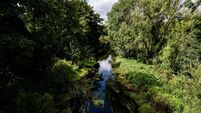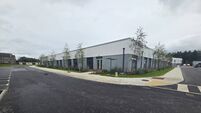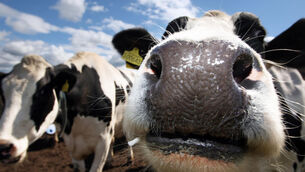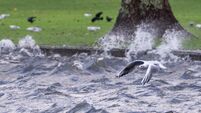Covid-19: Teagasc to do DNA sequencing to identify strains of virus found here

Teagasc is spearheading a national drive by experts to identify the strains of Covid-19 found in Ireland. Picture: Daragh Mc Sweeney/Provision
Later this month Teagasc, the agriculture and food authority, will focus its most high-tech facilities on spearheading a national drive by experts to identify the strains of Covid-19 that are found in Ireland and help pinpoint clusters in the event of a second wave of the virus.
“We have a large DNA sequencing facility at Teagasc, the largest such research facility in the country.













